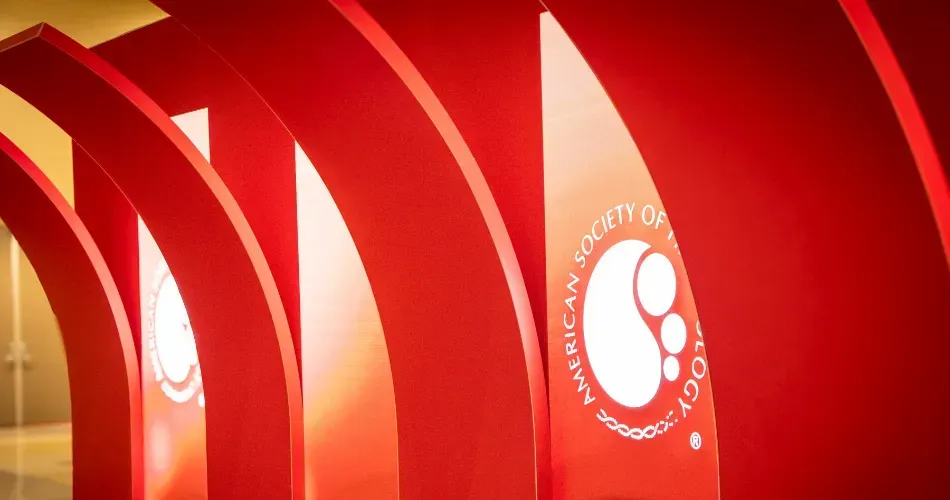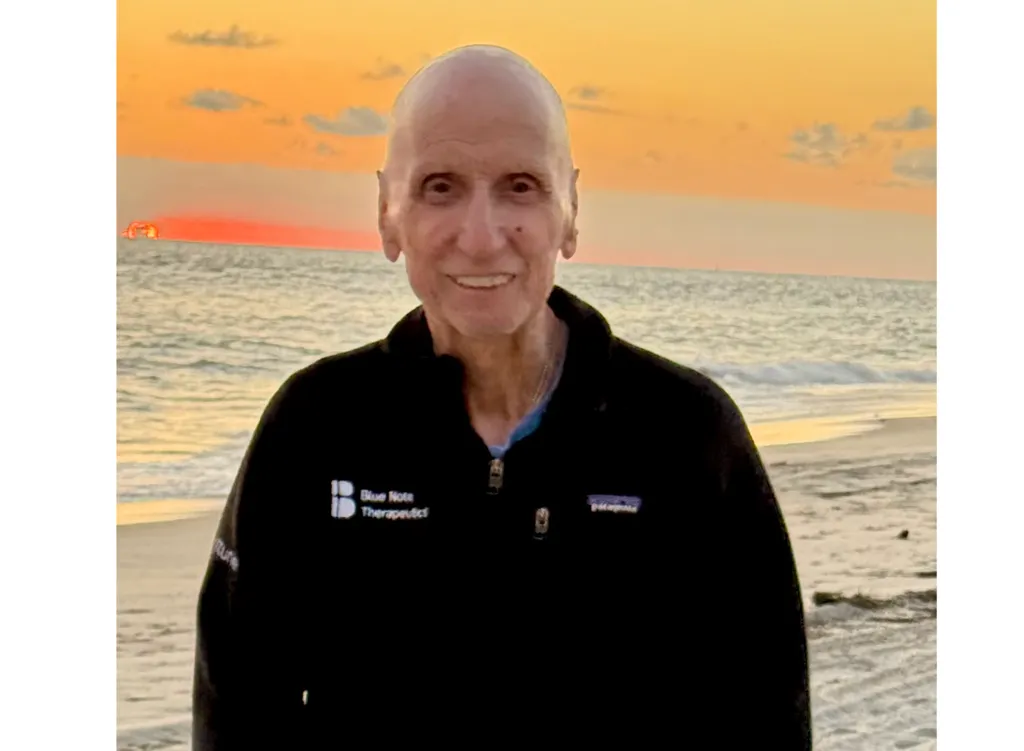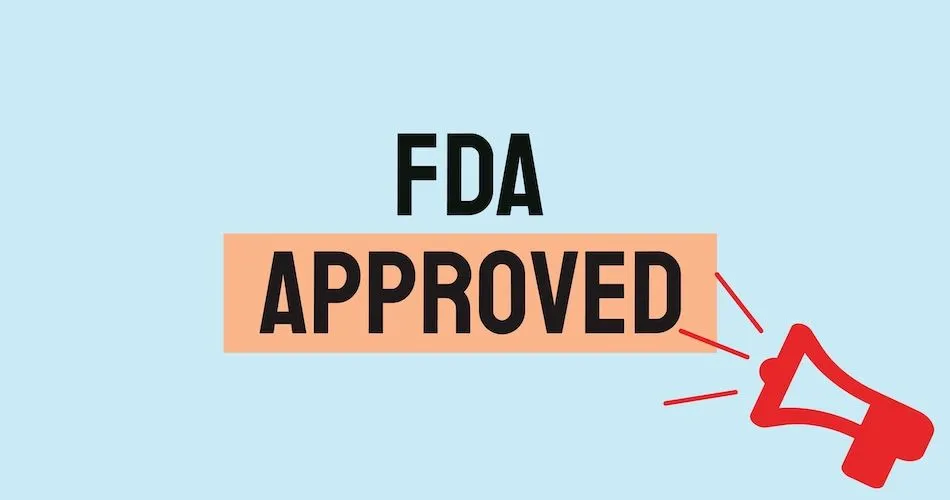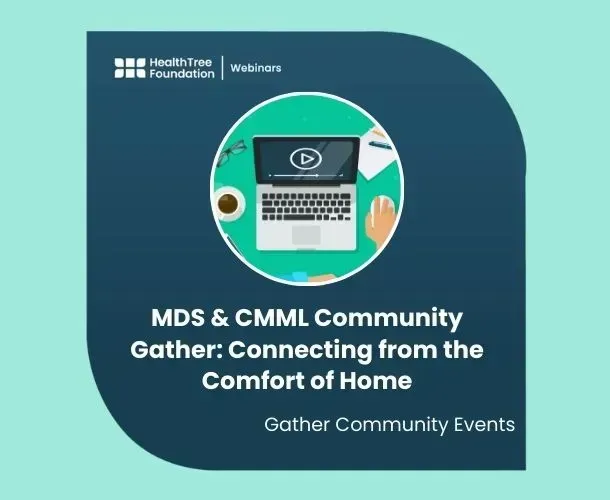Ongoing Study Tests Tagraxofusp and Low-Intensity Chemotherapy for Relapsed or Refractory AML
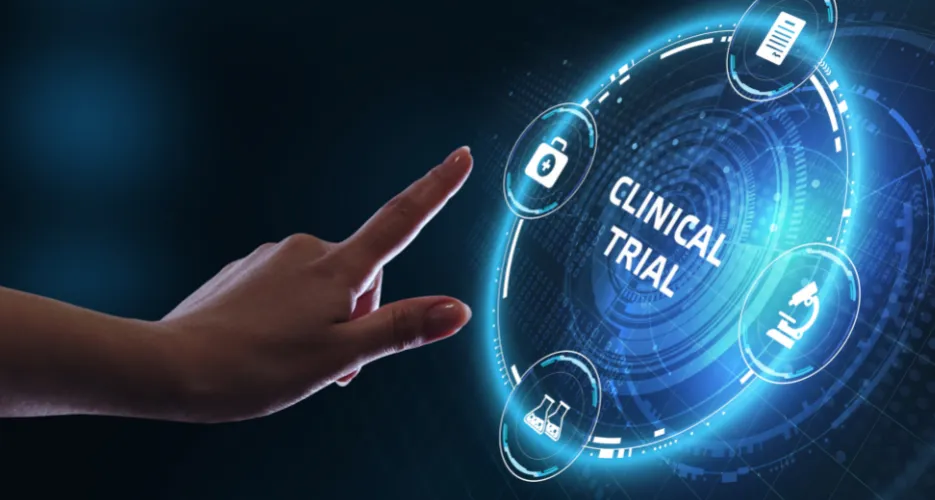
Recently, a new clinical trial was presented at the 2025 American Society of Clinical Oncology (ASCO) Annual Meeting. The study will test the safety of a CD-123 targeted therapy called tagraxofusp (Elzonris, Stemline Therapeutics) in combination with a low-intensity chemotherapy to treat relapsed or refractory acute myeloid leukemia (AML). In this article, you’ll find more information about the clinical trial design and why tagraxofusp may be a treatment option for relapsed/refractory AML after treatment with venetoclax.
New approaches for relapsed or refractory AML
Some people with AML are not eligible for intensive chemotherapy. The standard frontline treatment for them has been a combination of venetoclax (Venclexta, AbbVie) with a medication called a hypomethylating agent. While this therapy has improved outcomes for many, for people whose AML comes back (relapse) or does not respond (refractory) after the venetoclax combination, the median overall survival is only two to three months. Researchers are now studying new ways to improve outcomes for these patients.
Low-intensity chemotherapy for AML
Previous research has shown that a low-dose chemotherapy, in combination with cladribine (Leustatin, Janssen), can be an effective treatment for people with newly diagnosed AML who cannot receive intensive chemotherapy. Research has also found that resistance to the venetoclax combination is often driven by genetic changes. These include mutations in the RAS/MAPK pathway or leukemia cells with monocytic features. For patients with these genetic changes, venetoclax may not work well, but cladribine remains effective.This makes cladribine-based therapy an important treatment option to study further after Ven/HMA.
How does tagraxofusp treat AML?
Tagraxofusp (Elzonris, Stemline Therapeutics) is a targeted therapy designed to bind to CD123. This is a protein commonly found on AML cells and leukemia stem cells. Unlike normal blood stem cells, AML cells often have much higher CD123 expression. By attaching to CD123, tagraxofusp blocks protein production inside the cell, leading to cell death. Because it has shown activity in AML and has less impact on healthy blood cells, researchers believe it could be combined effectively with chemotherapy.
Combining targeted therapy with chemotherapy
This clinical trial is testing the combination of tagraxofusp with cladribine and low-dose cytabarine (LDAC), a type of chemotherapy. This pairing is designed to attack AML cells in different ways. The cladribine and LDAC provide traditional chemotherapy effects, while tagraxofusp specifically targets CD123-positive leukemia cells. Researchers hope this approach will be safer and more effective for patients who have already been treated with the venetoclax combination.
Study design and goals
This Phase 1b/2 clinical trial is being conducted at a single center and will enroll up to 20 adult patients with relapsed or refractory AML after Ven/HMA. Patients must have CD123-positive disease and meet specific health requirements, including good heart, kidney, and liver function.
The study began enrolling in January 2025 and is actively recruiting patients (Clinical Trial ID: NCT06561152).
The trial has two main parts:
- Phase 1b: Determines the safest dose level of the combination. Researchers will start with lower doses and gradually increase as tolerated.
- Phase 2: Expands the study at the recommended dose to measure how well the therapy works.
The main goals are to find the safest dose (called the recommended phase 2 dose, RP2D) and to measure outcomes such as complete response (CR), composite complete response rates (CRi and CRh), and minimal residual disease (MRD) negativity, which reflects how deeply the leukemia responds. Researchers will also evaluate survival outcomes and whether certain genetic mutations or leukemia features affect response.
What this means for patients
For patients with relapsed or refractory AML after the venetoclax combination, treatment options remain very limited. This study is testing a new combination strategy that could provide an option for patients whose leukemia expresses CD123. While results are not yet available, the research highlights how new targeted therapies like tagraxofusp are being explored in combination with lower-intensity chemotherapies to address a critical need in AML care.
If you or a loved one are facing AML after Ven/HMA therapy, discussing participation in clinical trials with your care team may be worthwhile. You can also learn more about ongoing studies and AML treatment updates through HealthTree resources.
Source:
Recently, a new clinical trial was presented at the 2025 American Society of Clinical Oncology (ASCO) Annual Meeting. The study will test the safety of a CD-123 targeted therapy called tagraxofusp (Elzonris, Stemline Therapeutics) in combination with a low-intensity chemotherapy to treat relapsed or refractory acute myeloid leukemia (AML). In this article, you’ll find more information about the clinical trial design and why tagraxofusp may be a treatment option for relapsed/refractory AML after treatment with venetoclax.
New approaches for relapsed or refractory AML
Some people with AML are not eligible for intensive chemotherapy. The standard frontline treatment for them has been a combination of venetoclax (Venclexta, AbbVie) with a medication called a hypomethylating agent. While this therapy has improved outcomes for many, for people whose AML comes back (relapse) or does not respond (refractory) after the venetoclax combination, the median overall survival is only two to three months. Researchers are now studying new ways to improve outcomes for these patients.
Low-intensity chemotherapy for AML
Previous research has shown that a low-dose chemotherapy, in combination with cladribine (Leustatin, Janssen), can be an effective treatment for people with newly diagnosed AML who cannot receive intensive chemotherapy. Research has also found that resistance to the venetoclax combination is often driven by genetic changes. These include mutations in the RAS/MAPK pathway or leukemia cells with monocytic features. For patients with these genetic changes, venetoclax may not work well, but cladribine remains effective.This makes cladribine-based therapy an important treatment option to study further after Ven/HMA.
How does tagraxofusp treat AML?
Tagraxofusp (Elzonris, Stemline Therapeutics) is a targeted therapy designed to bind to CD123. This is a protein commonly found on AML cells and leukemia stem cells. Unlike normal blood stem cells, AML cells often have much higher CD123 expression. By attaching to CD123, tagraxofusp blocks protein production inside the cell, leading to cell death. Because it has shown activity in AML and has less impact on healthy blood cells, researchers believe it could be combined effectively with chemotherapy.
Combining targeted therapy with chemotherapy
This clinical trial is testing the combination of tagraxofusp with cladribine and low-dose cytabarine (LDAC), a type of chemotherapy. This pairing is designed to attack AML cells in different ways. The cladribine and LDAC provide traditional chemotherapy effects, while tagraxofusp specifically targets CD123-positive leukemia cells. Researchers hope this approach will be safer and more effective for patients who have already been treated with the venetoclax combination.
Study design and goals
This Phase 1b/2 clinical trial is being conducted at a single center and will enroll up to 20 adult patients with relapsed or refractory AML after Ven/HMA. Patients must have CD123-positive disease and meet specific health requirements, including good heart, kidney, and liver function.
The study began enrolling in January 2025 and is actively recruiting patients (Clinical Trial ID: NCT06561152).
The trial has two main parts:
- Phase 1b: Determines the safest dose level of the combination. Researchers will start with lower doses and gradually increase as tolerated.
- Phase 2: Expands the study at the recommended dose to measure how well the therapy works.
The main goals are to find the safest dose (called the recommended phase 2 dose, RP2D) and to measure outcomes such as complete response (CR), composite complete response rates (CRi and CRh), and minimal residual disease (MRD) negativity, which reflects how deeply the leukemia responds. Researchers will also evaluate survival outcomes and whether certain genetic mutations or leukemia features affect response.
What this means for patients
For patients with relapsed or refractory AML after the venetoclax combination, treatment options remain very limited. This study is testing a new combination strategy that could provide an option for patients whose leukemia expresses CD123. While results are not yet available, the research highlights how new targeted therapies like tagraxofusp are being explored in combination with lower-intensity chemotherapies to address a critical need in AML care.
If you or a loved one are facing AML after Ven/HMA therapy, discussing participation in clinical trials with your care team may be worthwhile. You can also learn more about ongoing studies and AML treatment updates through HealthTree resources.
Source:

about the author
Jimena Vicencio
Jimena is an International Medical Graduate and a member of the HealthTree Writing team. Currently pursuing a bachelor's degree in journalism, she combines her medical background with a storyteller’s heart to make complex healthcare topics accessible to everyone. Driven by a deep belief that understanding health is a universal right, she is committed to translating scientific and medical knowledge into clear, compassionate language that empowers individuals to take control of their well-being.
More on Clinical Trials
Trending Articles

Get the Latest Acute Myeloid Leukemia Updates, Delivered to You.
By subscribing to the HealthTree newsletter, you'll receive the latest research, treatment updates, and expert insights to help you navigate your health.
Together we care.
Together we cure.
3x Faster.





